Easy to order great service great product equals very happy customer
Battling Powder Mildew: Prevention, Identification, and Effective Treatment
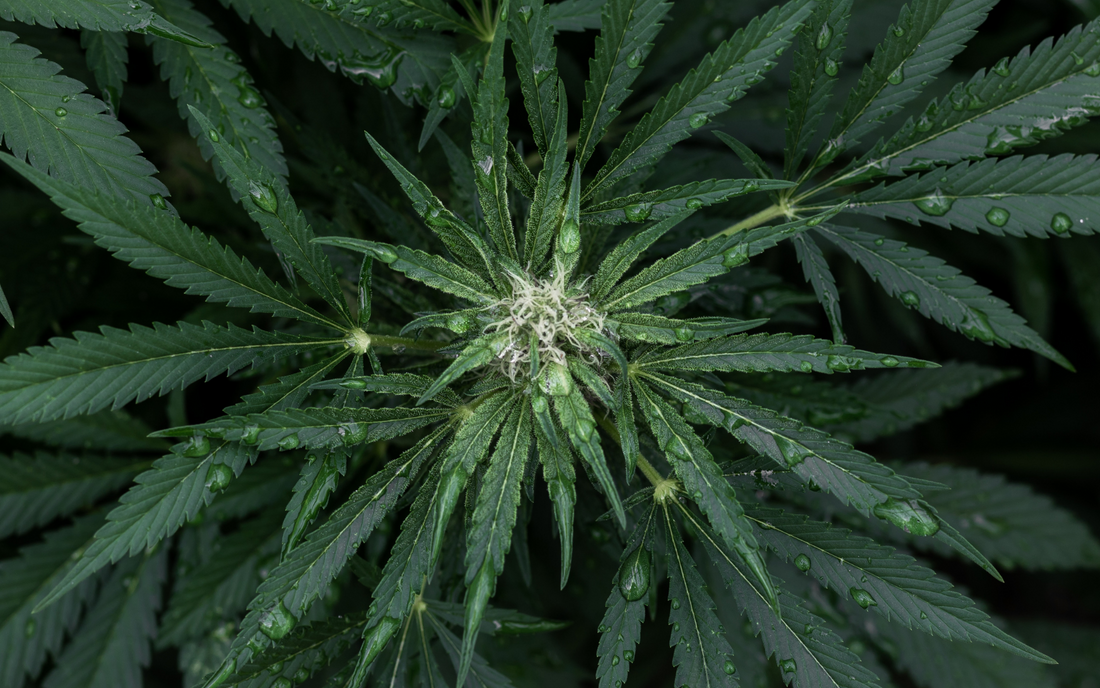
Combating Powdery Mildew: Essential Tips for Cannabis Cultivators
Powdery mildew is a relentless enemy that can wreak havoc on cannabis crops, affecting their health and yield. This common fungal infection can quickly spread if left unchecked, posing a significant threat to cannabis farmers. In this informative blog, we will provide you with essential knowledge about powdery mildew. From prevention strategies to early detection techniques and effective treatment options, you'll be equipped to combat this persistent foe and maintain a thriving cannabis garden.
1. Prevention is Key
Preventing powdery mildew is crucial for safeguarding your cannabis plants. Implement these preventative measures to create an inhospitable environment for the fungus:
- Maintain proper airflow and ventilation in your growing space.
- Ensure adequate spacing between plants to minimize humidity and create better air circulation.
- Regularly clean and sterilize your tools, equipment, and grow area to eliminate potential sources of infection.
- Use resistant cannabis strains specifically bred to withstand powdery mildew.
- Avoid overcrowding plants, as it can create conditions conducive to fungal growth.
2. Early Detection
Early detection is vital in combating powdery mildew effectively. Keep a close eye on your plants and regularly inspect them for signs of infection. Look for the following telltale symptoms:
- White, powdery spots or patches on leaves, stems, and buds.
- Leaves curling, yellowing, or developing brown spots.
- Stunted growth and reduced vigor.
- Distorted or deformed leaves.
Detecting and addressing powdery mildew at the earliest stage allows for more successful treatment and containment.
3. Effective Treatment Options
If you identify powdery mildew on your cannabis plants, swift and targeted treatment is essential. Consider the following treatment options:
- Organic Remedies: Neem oil, potassium bicarbonate, and diluted milk sprays have shown effectiveness in combating powdery mildew. Apply these organic remedies regularly and as directed to control the infection.
- Fungicides: In severe cases, where organic solutions are not sufficient, chemical fungicides may be necessary. Consult with a professional or local agricultural authority to determine the most appropriate and approved fungicide for cannabis cultivation.
- Cultural Practices: Prune and remove infected plant parts immediately to prevent further spread. Ensure proper disposal of infected material to minimize the risk of reinfection. Additionally, adjust environmental conditions such as temperature and humidity to create an inhospitable environment for the fungus.
4. Integrated Pest Management (IPM)
Adopting an Integrated Pest Management approach is crucial for long-term powdery mildew prevention and control. IPM combines multiple strategies, including cultural practices, biological controls, and chemical interventions, to manage pests and diseases sustainably. Implementing IPM helps to reduce reliance on pesticides, minimize environmental impact, and maintain a healthy and resilient cannabis garden.
Powdery mildew is a persistent threat to cannabis crops, but with proper prevention, early detection, and effective treatment, you can successfully combat this fungal infection. By prioritizing prevention measures, actively monitoring your plants, and promptly addressing any signs of powdery mildew, you can maintain a healthy and thriving cannabis garden.
Remember, staying vigilant and proactive in your approach to powdery mildew will significantly contribute to the overall success of your cannabis cultivation efforts.
No comments


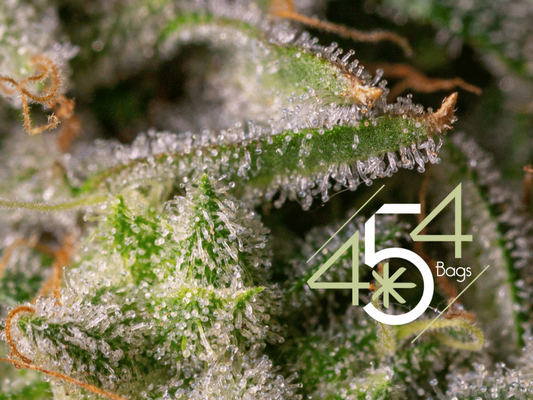
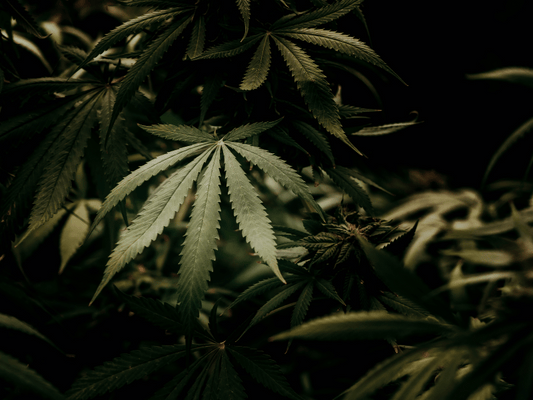
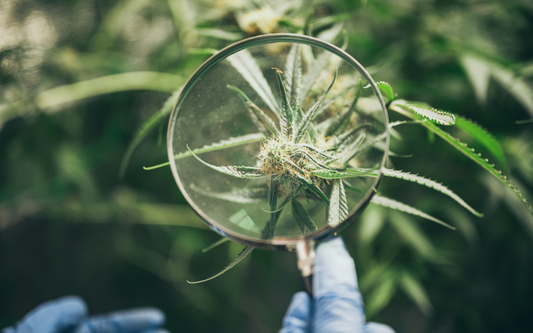
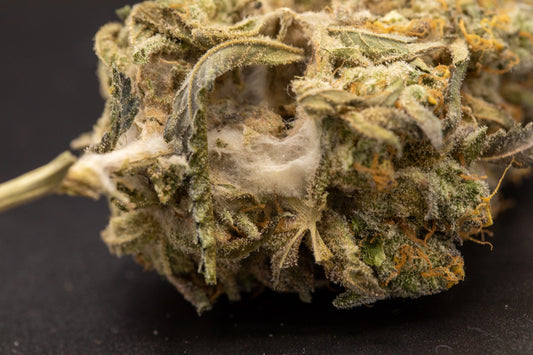


0 comments